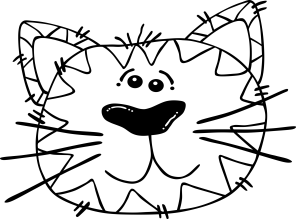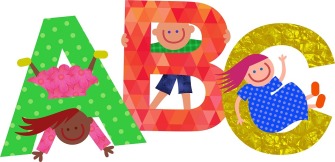According to an answer on the popular question-and-answer website Quora, the term ‘coding’ can be defined as the following:
‘Coding, in the simplest of terms, is telling a computer what you want it to do, which involves typing in step-by-step commands for the computer to follow.’
It need not necessarily refer to software geeks typing endless blocks of code day in and day out, which requires immense expertise. The key phrase in the above definition is ‘step-by-step’; and hence, educators the world over are trying to introduce this ‘step-by-step learning method’ in preschool classrooms. This is primarily because STEM – science, technology, engineering and math – are considered to be the essential elements of success in the near future.
Did you know that MIT and Tufts University have developed an introductory visual programming language called ScratchJr that aims to teach programming skills to young children by means of interactive stories and games?

“Caterpillar” by arking is licensed under CC by 2.0
Another example is the ongoing ‘Hour of Code’ program with preschool kids at the Ann Reid Early Childhood Center in Naperville, a part of a global movement. Preschoolers are asked to provide directions to a caterpillar – left, right, jumping ahead a fixed number of spaces – which is a precursor to learning how to code in later years. Kim O’Neill, learning commons leader at the school had this to say, “We’re teaching these skills through play. This is how our students learn best.”
Among the variety of educational preschool games available online today, the recently released Hopster Coding Safari is another instance that aims to teach children as young as two years old simple pattern recognition and algorithms. An added bonus is the fact that it is based on the key computer science standards for the UK and US curriculum and has been topping the app store charts since 2013 across 36 countries around the world.
A common underlying feature across all these coding games is the fact that they are hands-on and interactive. The preschoolers need to think and plan what to do, then they provide directions (which are akin to coding at their age) and finally see results happening in front of them as a result of their step-by-step actions.
Believe it or not, physical building blocks function as the very basic coding toys for kids and are finding their way into a number of educational apps on devices. Other popular coding toys are Think & Learn Code-a-Pillar from Fisher-Price meant for ages 3-6, The Dot Creativity Kid that introduces kids to the basics of coding skills and even Lego Boost that allows children to build different models that tend to come alive if fitted correctly.
For those parents and teachers who don’t know where or how to begin, here’s what Marina Umaschi Bers, a professor of child and human development and computer science at Tufts University suggests: “Start with what the child wants to do, not with what the technology can do. Make a card for grandmother’s birthday or a slideshow of your last vacation. Sometimes using Word can be very powerful.” (You can read the full post here.)
Happy coding!









